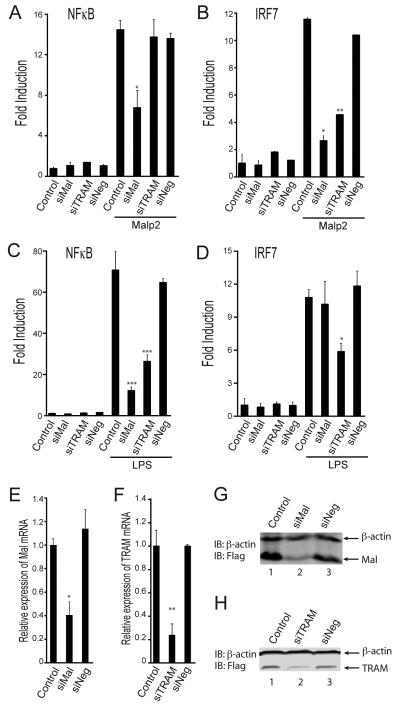Figure 4. TLR2 activates IRF7 via Mal and TRAM.
(A-D) HEK293-TLR2 cells (A, B) or HEK293-TLR4 cells (C, D) were transfected for 24 h with siRNA targeting Mal (siMal), TRAM (siTRAM) or control siRNA (siNeg). 24 h later cells were transfected with the NF-κB luciferase reporter gene (A, C), or the pFR luciferase reporter gene along with plasmid expressing IRF7-Gal4 (B, D). Cells were stimulated with either 20 nM Malp2 (A, B) or 10 ng/ml LPS (C, D) for 6 h and luciferase reporter gene activity was measured. (E, F) HEK-293 TLR2 cells were transfected for 48 h with siNeg and siMal (E) or siTRAM) (F) for 48 h. Mal and TRAM mRNA expression was assayed by quantitative RT-PCR, normalized to β-actin and presented relative to untreated (Control) cells. (G, H) HEK-293 TLR2 cells were transfected with siRNAs and 24 h later transfected with 1 μg plasmid expressing Flag-Mal (G) or Flag-TRAM (H). Cell lysates were prepared 24 h later and analyzed by SDS-PAGE and immunoblotting. The data are mean ± SD of triplicate samples and are representative of at least three independent experiments. *p<0.05 or **p<0.005 compared to stimulated samples treated with control siRNA (siNeg).

